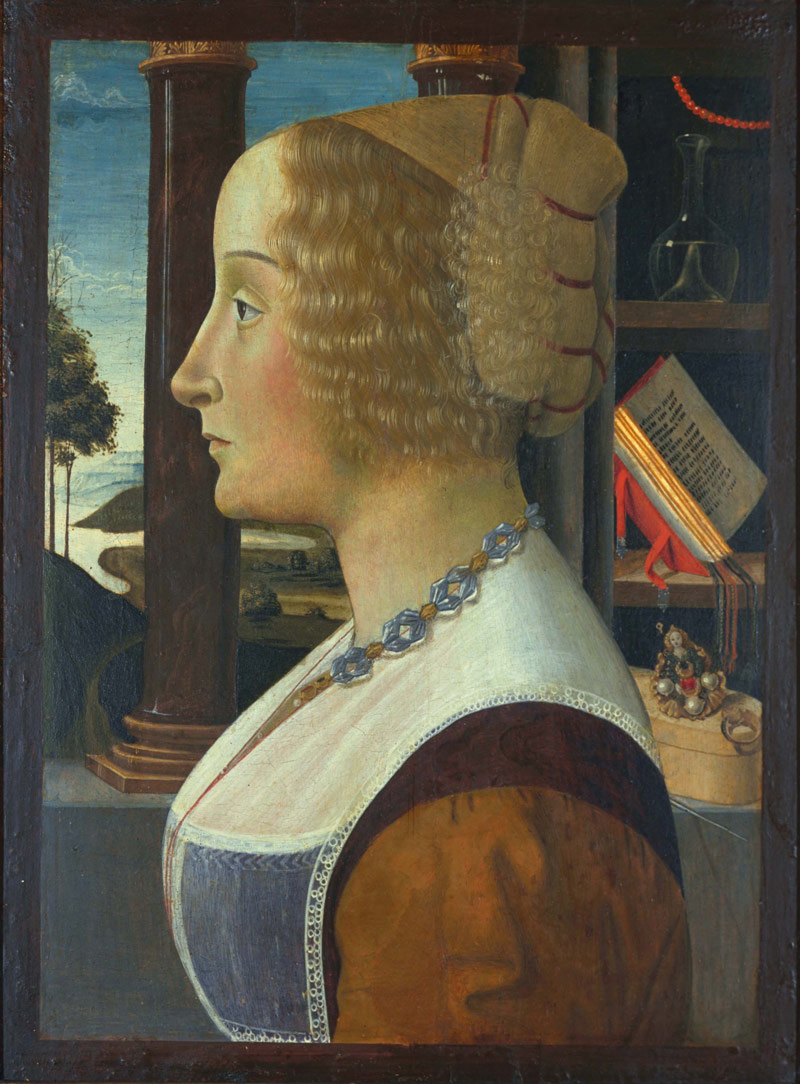Posted on Thu., Aug. 30, 2012 by

Roger Medearis, Still Life with Green Chair, 1950, tempera on board. Huntington Library, Art Collections, and Botanical Gardens. Gift of Elizabeth Medearis.
Paints are composed of pigments, normally mineral or plant based, and a binder, which is a sort of glue that holds the pigment together. Oil paints use an oil binder, such as linseed or walnut oil. By contrast, tempera uses eggs as a binder. Before the widespread adoption of oil-based mediums in Europe during the 15th century, tempera was the dominant medium for painting. With the ascendance of oil painting, tempera fell into general disuse though the technique was never forgotten.
The medium saw a limited revival in the late-19th century, first in Britain as part of Aestheticism’s fascination with Sandro Botticelli (1445–1510) and other Italian Renaissance artists who worked tempera. Later, during the 1920s and ’30s, American artists, including Thomas Hart Benton, returned to tempera, and it was integrated into the studio curriculum at Harvard and Yale.

Attributed to Domenico Ghirlandaio, Portrait of a Lady, ca. 1490, tempera on panel. Huntington Library, Art Collections, and Botanical Gardens.
In “Roger Medearis: His Regionalism” (on view in the Chandler Wing of the Virginia Steele Scott Galleries of American Art through Sept. 17) you can see the especially meticulous tempera technique Medearis adopted, in which a paint surface is built up using many tiny strokes. Take, for example, the numerous shades of green that make up the rocking chair’s arms in Still Life with Green Chair; each slight tonal variation is actually a brushstroke. By working in this way, Medearis avoided one of the medium’s problems: a tendency to crack if applied thickly.
A similar method of tempera application can be seen in The Huntington’s Portrait of a Lady attributed to the Florentine Renaissance artist Domenico Ghirlandaio (ca. 1490) on view in the Huntington Art Gallery in the newly reinstalled Renaissance galleries.
James Glisson is the Bradford and Christine Mishler Assistant Curator of American Art at The Huntington.